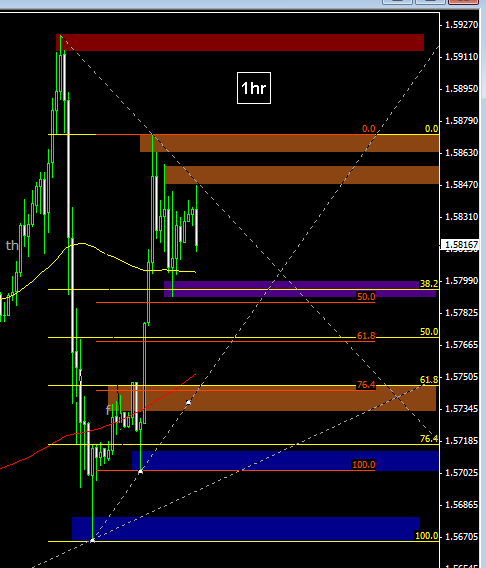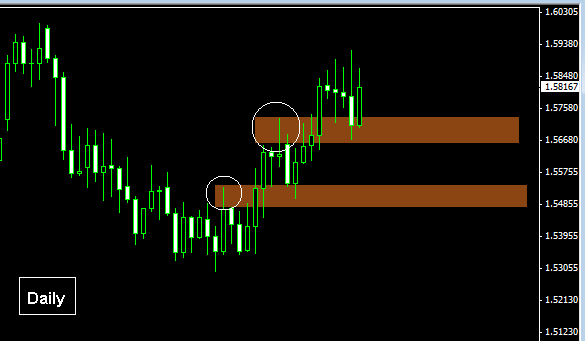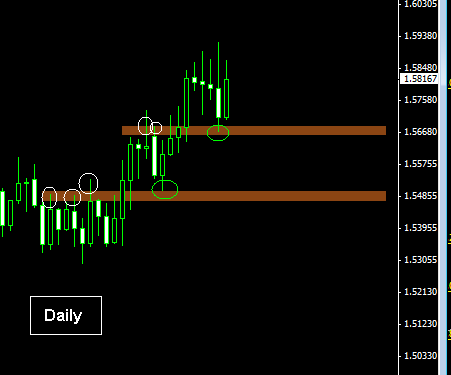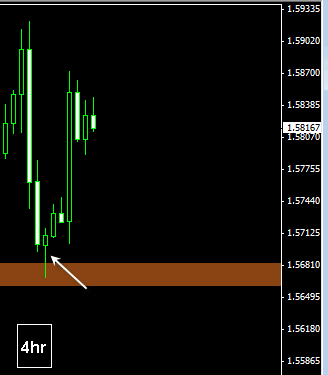re: Support & Resistance Explained
Would you not say that it is better to wait for the reaction before you draw the s/r? Who is to say whether a line is correct or not? An s/r level is a zone, after all, not a definite spot on the chart and it can go through a lot of points before it reverses.
However, I would say that if you draw s/r levels on an D1 and H1 chart and you don't get a reaction (i.e. a counter trend reversal or a rapid decrease in momentum) to within a few pips, the vast majority of the time, you are definetly drawing your s/r wrong.
Would you not say that it is better to wait for the reaction before you draw the s/r? Who is to say whether a line is correct or not? An s/r level is a zone, after all, not a definite spot on the chart and it can go through a lot of points before it reverses.





